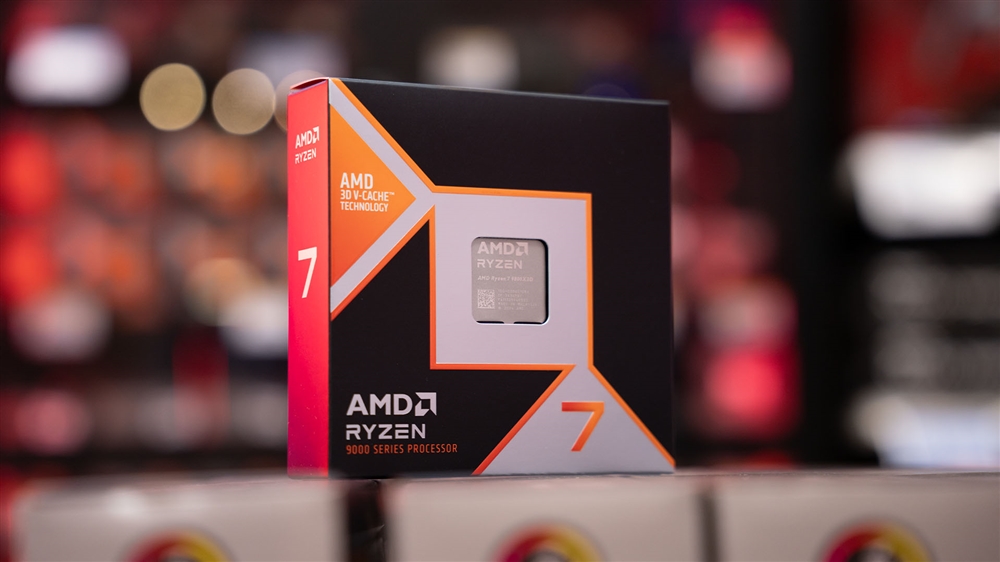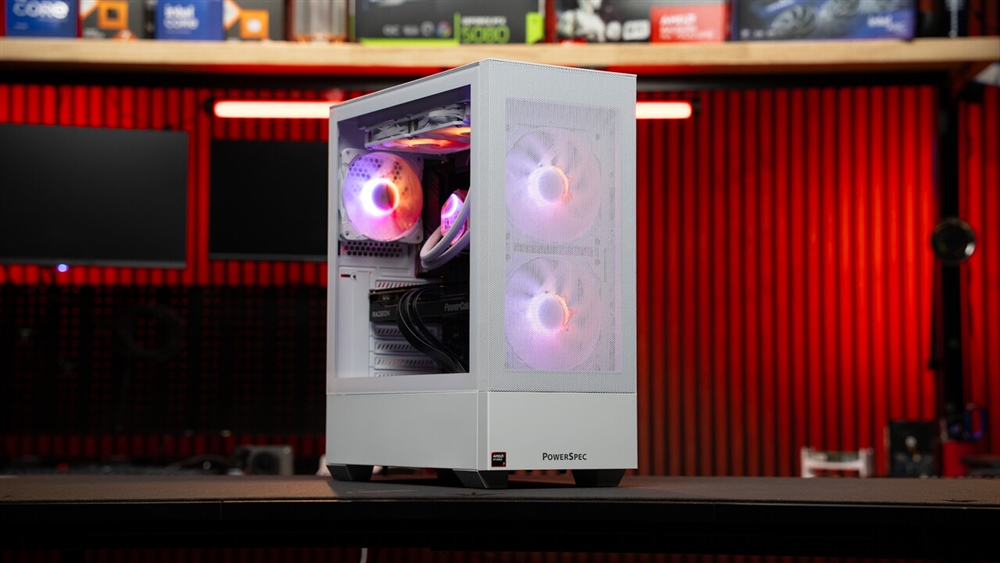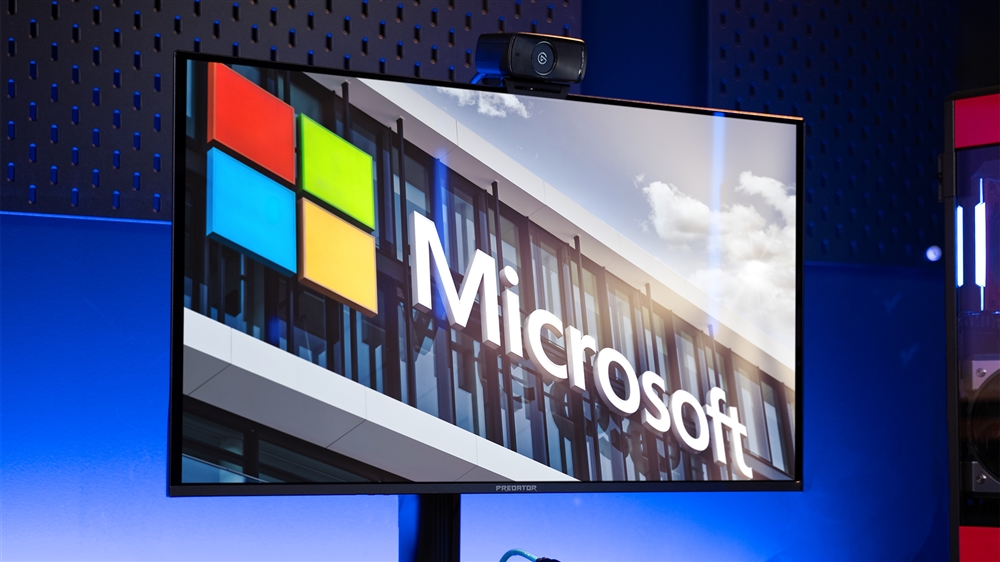How to enable the Inland 3.5" TFT LCD Touchscreen Monitor with Raspberry Pi
Recently some users have reported issues using the Inland 3.5” TFT LCD Touchscreen Monitor with their Raspberry Pi. When the screen is connected, everything will power on and show a plain white screen, but nothing will be displayed. This issue can be resolved with some simple configuration done from the command line. Start by connecting a keyboard and monitor to the Raspberry Pi, or connecting via SSH (Secure Shell). I prefer to set up my Raspberry Pi “headless” and connect via SSH.
Once you have connected to your Pi and opened a terminal, run the following commands:
- sudo rm -rf LCD-show
- git clone https://github.com/goodtft/LCD-show.git
- chmod -R 755 LCD-show
- cd LCD-show/
- sudo ./LCD35-show
If you just want to get your Inland TFT LCD Touchscreen Monitor up and working, after running these commands you should be good to go. If you want a breakdown of what each line does, read on:
sudo rm -rf LCD-show Remove the current driver. This command might fail, and that’s okay. It means the driver was never installed.
git clone https://github.com/goodtft/LCD-show.git Clone a repository from GitHub to a local directory.
chmod -R 755 LCD-show Change permissions for the directory we just created. 755 gives the owner full read/write/execute permission and all other users read/execute permission, and the -R flag applies the change to everything in the directory
cd LCD-show/ Navigate into the directory we created
sudo ./LCD35-show Run the new driver for a 3.5” LCD screen
Some of these commands are prefaced with sudo. Sudo stands for “Super User Do”, which gives elevated permissions. It’s similar to running something as an administrator on Windows.
This process only takes a few minutes and should get your Inland 3.5” TFT working. The driver we downloaded can be used for several other types of screens too. If you’re having trouble with a different screen, check out the readme at https://github.com/goodtft/LCD-show to see if your screen is supported. If it is, run the commands listed above and change sudo ./LCD35-show to the command listed in the readme under “Driver Install” for your screen.
If you have any other questions or concerns, please leave us a comment and we’ll be happy to help!
Comment on This Post
See More Blog Categories
Recent Posts
From Dorm Room to Office Desk: How to Prep Your College PC for the Professional World
With a few upgrades and a little cleanup, your beat-up college PC will be ready for your first job, freelance gigs, and endless Zoom meetings.
Continue Reading About From Dorm Room to Office Desk: How to Prep Your College PC for the Professional WorldThis Week in AI: Microsoft's Says AI Can Diagnose Patients Better Than Doctors
For July 4, 2025: Cloudflare blocking chatbots, ChatGPT referrals to news sites tick up, AI laws remain for states to decide.
Continue Reading About This Week in AI: Microsoft's Says AI Can Diagnose Patients Better Than Doctors






